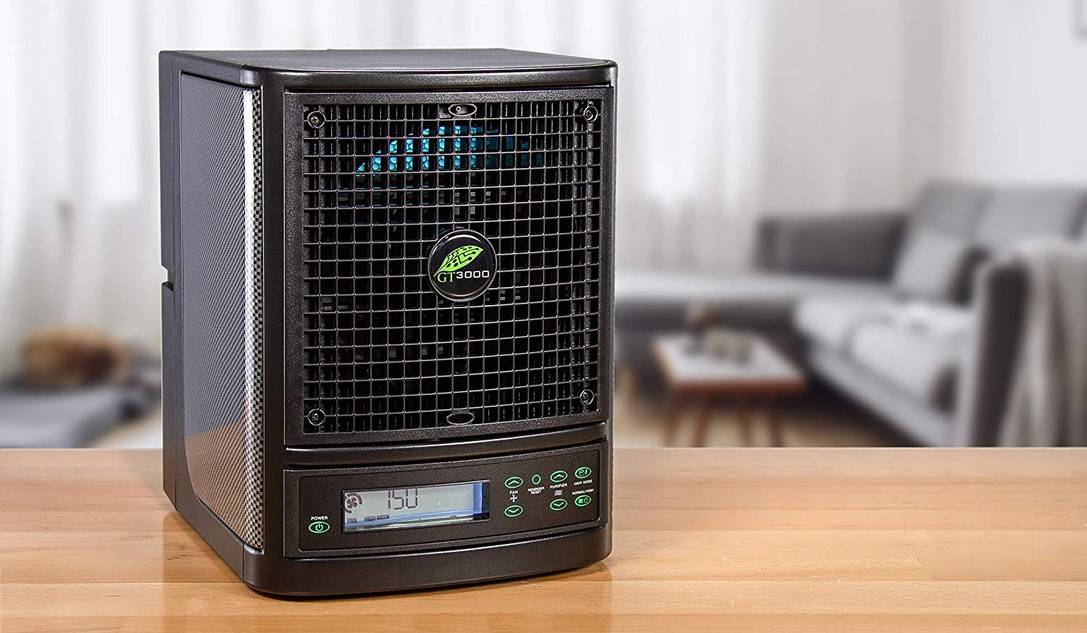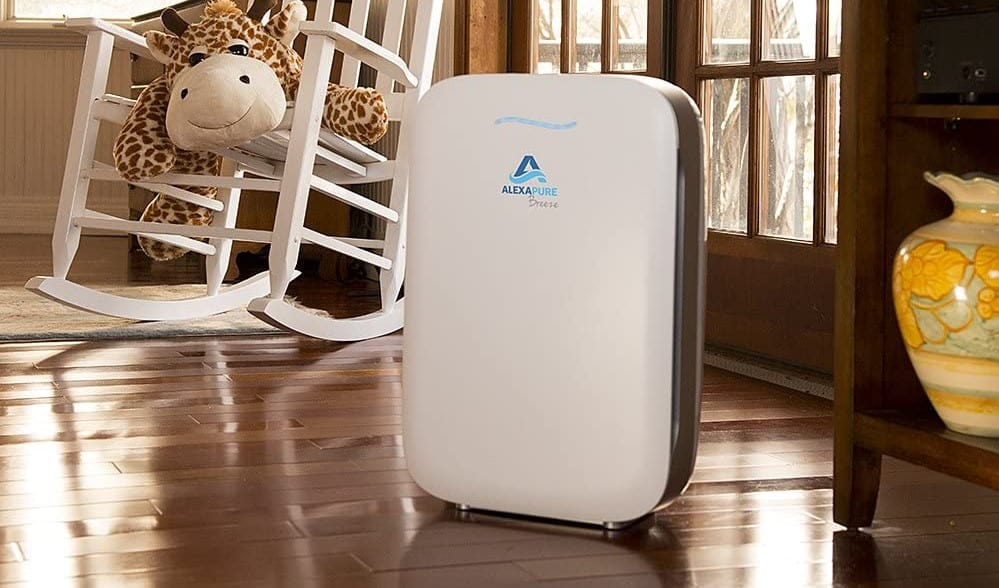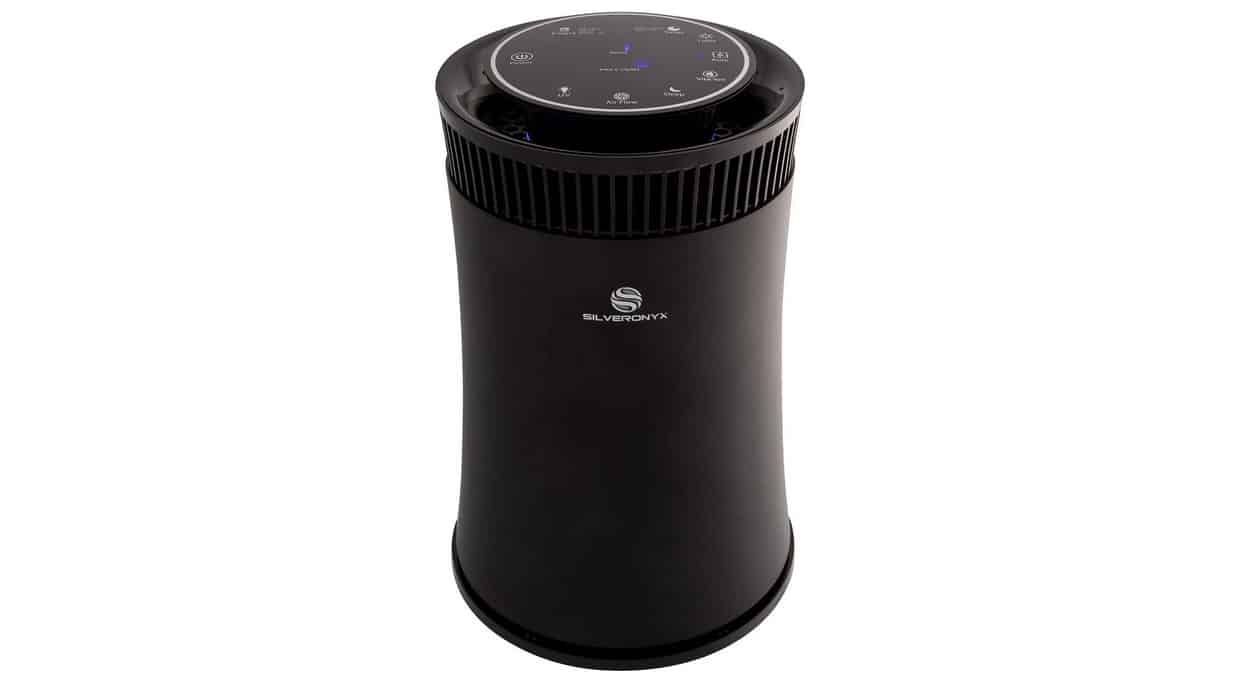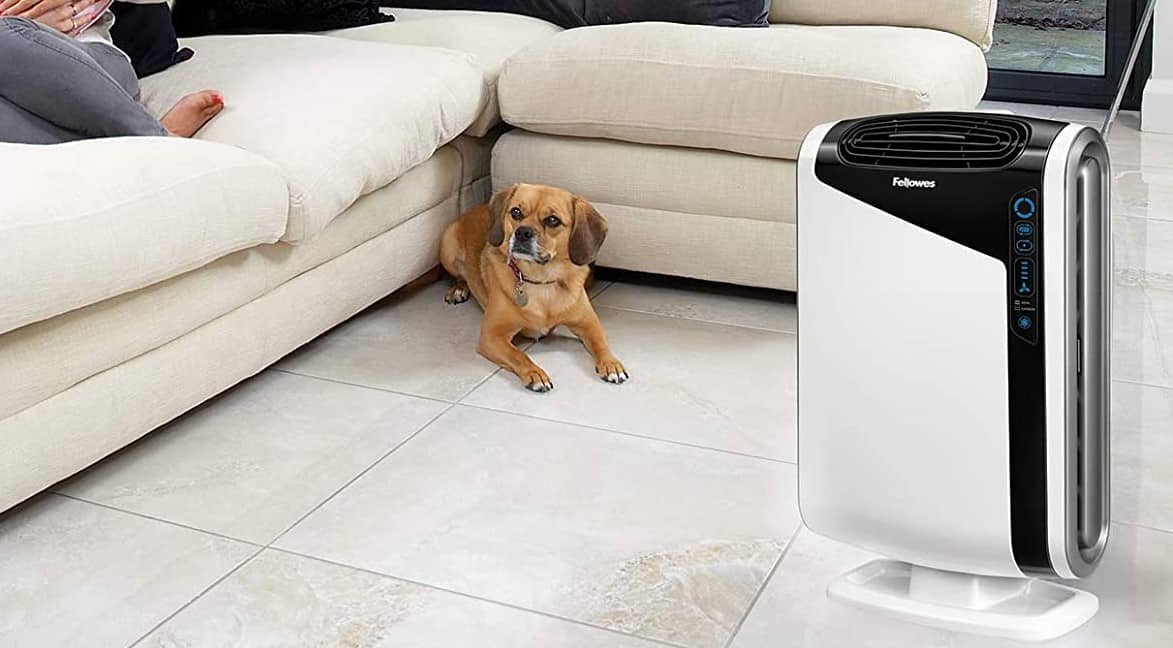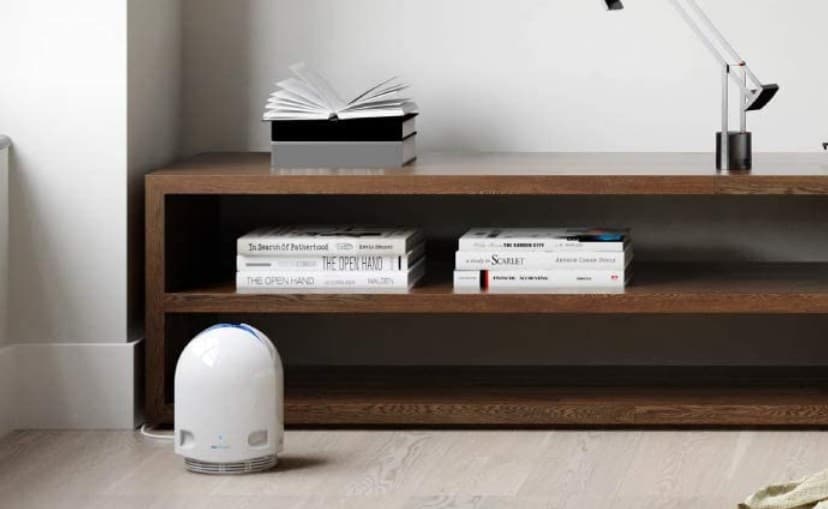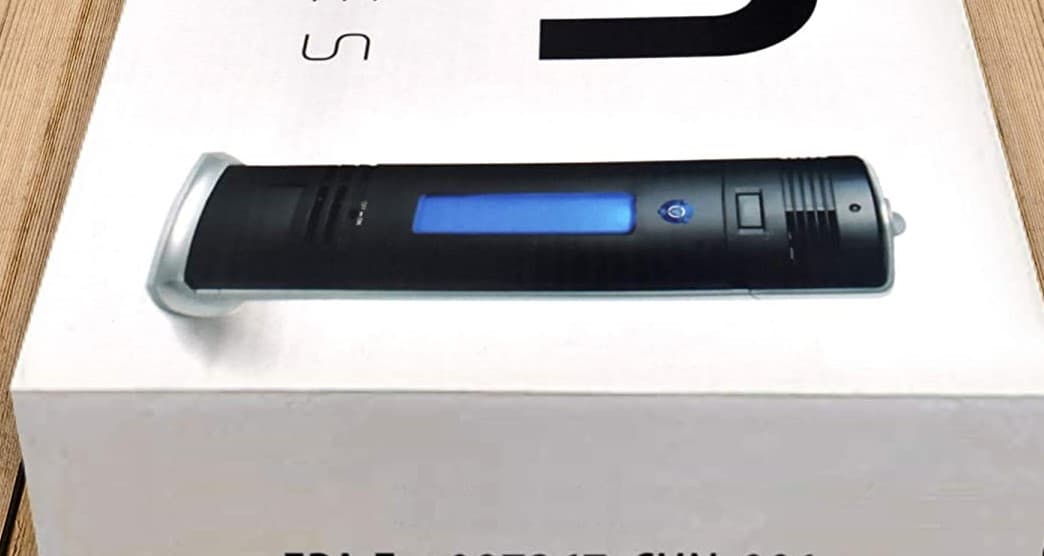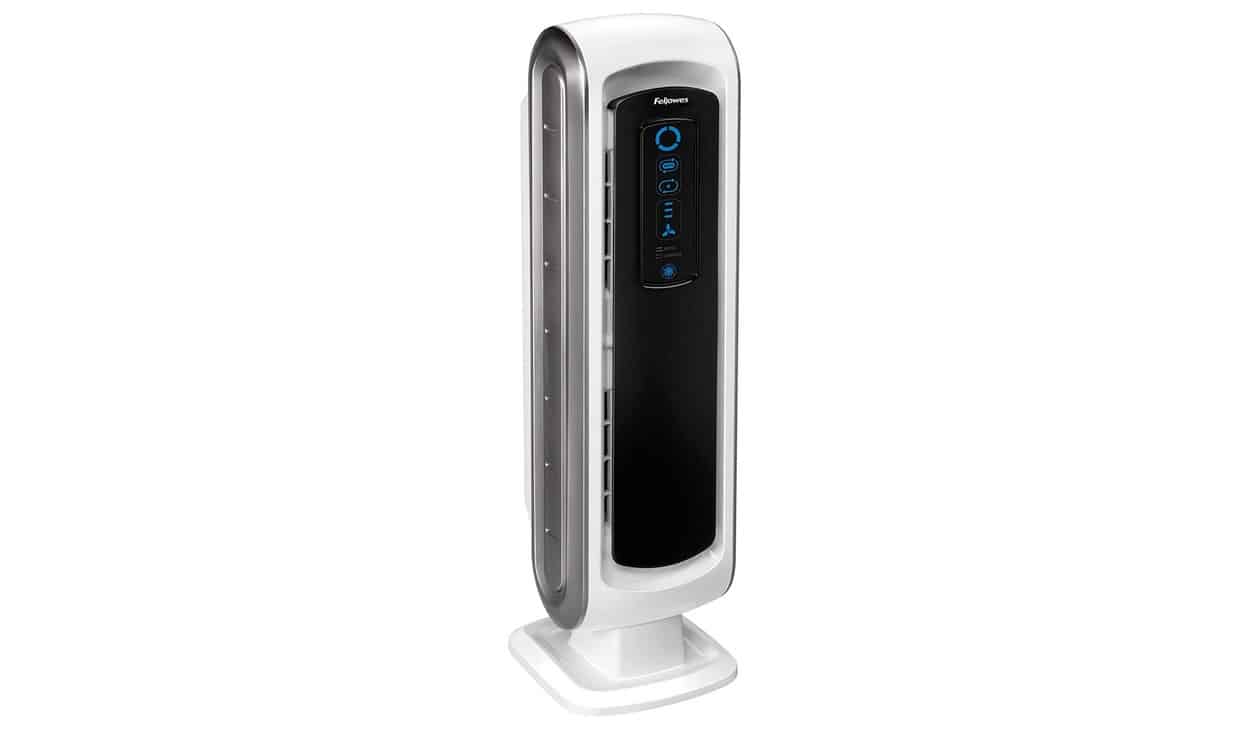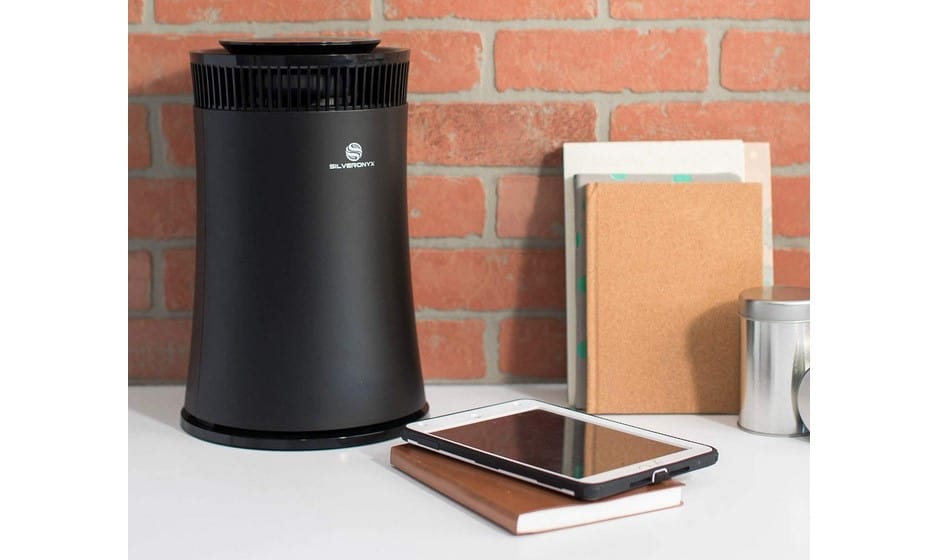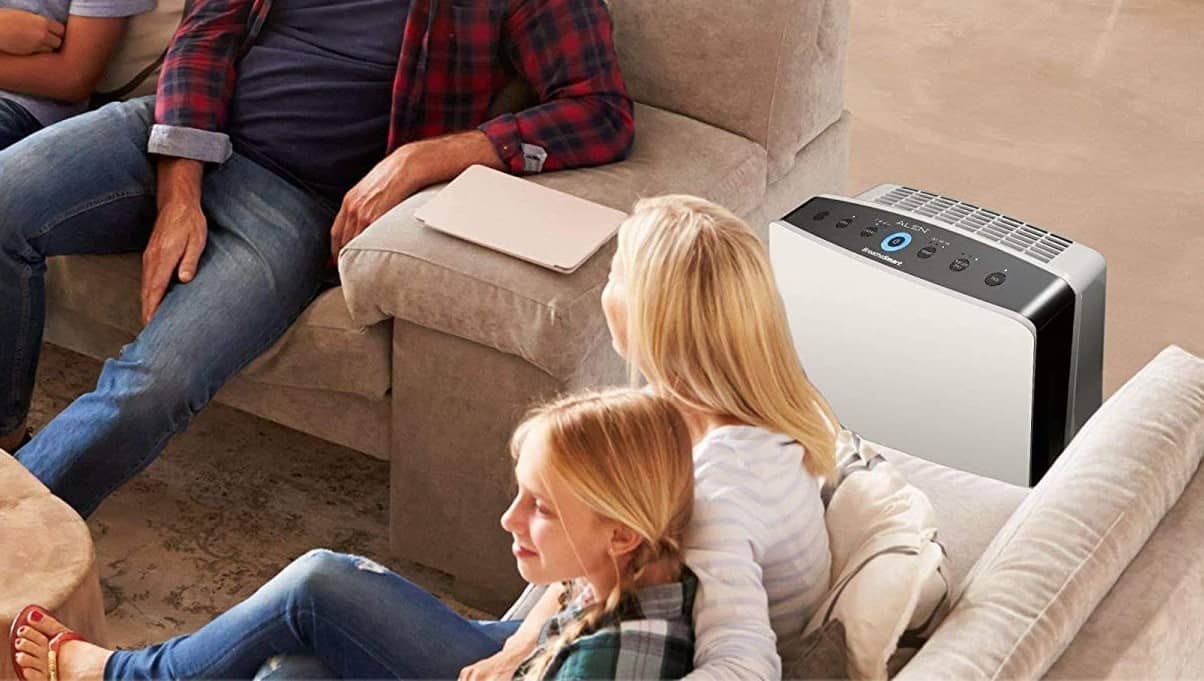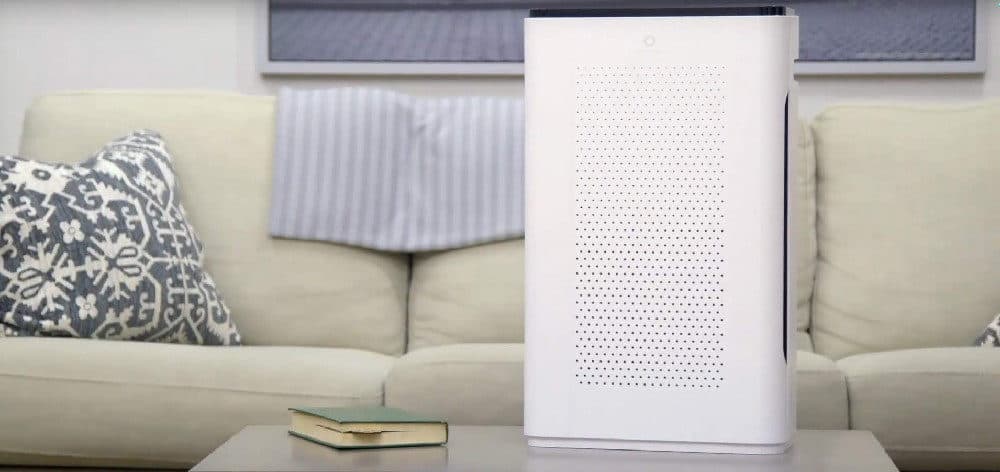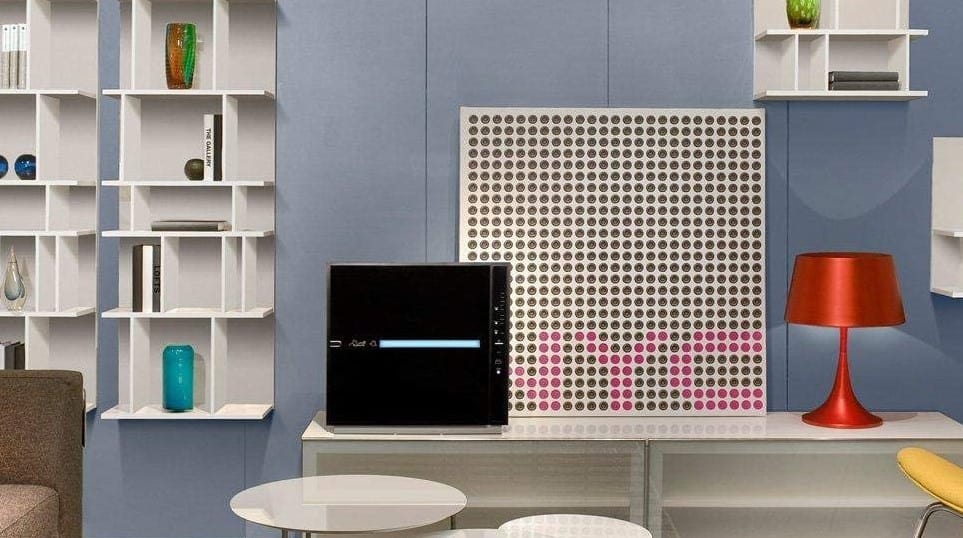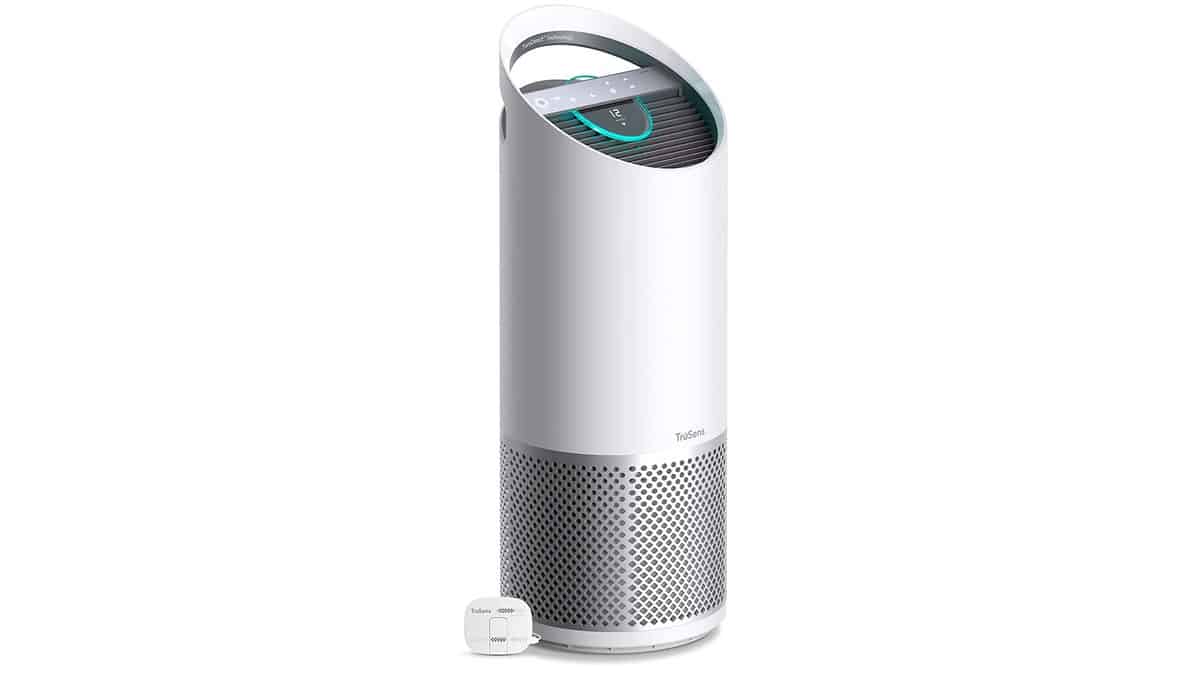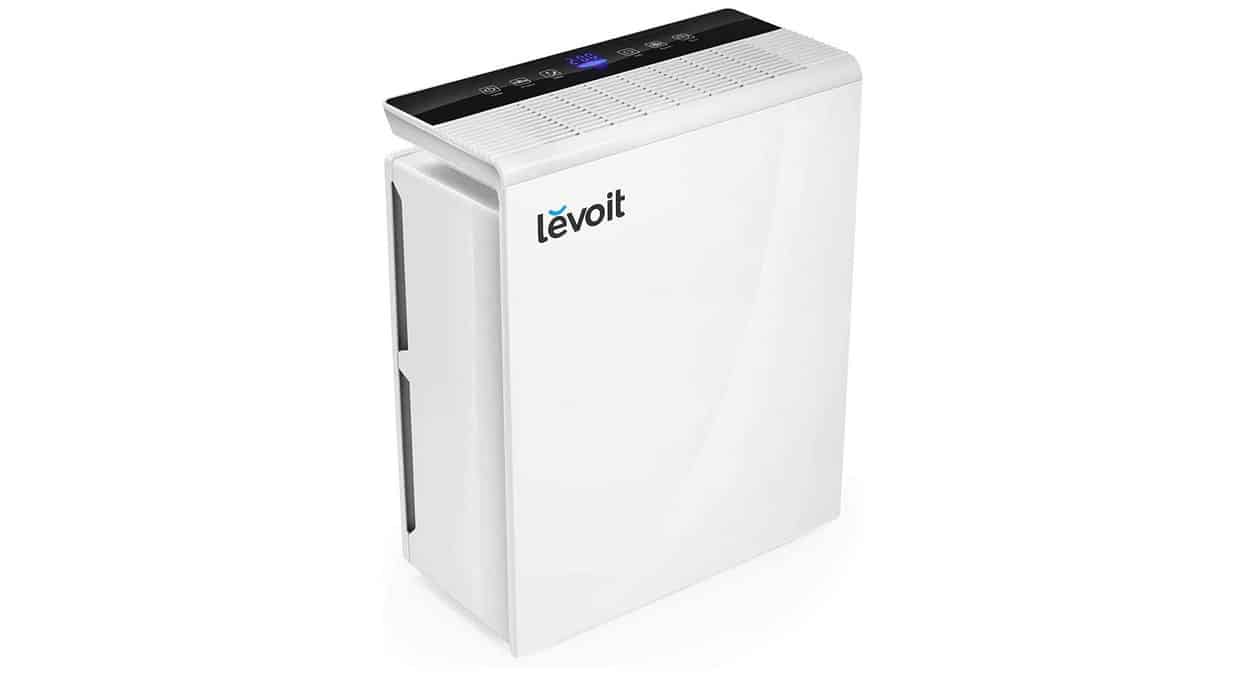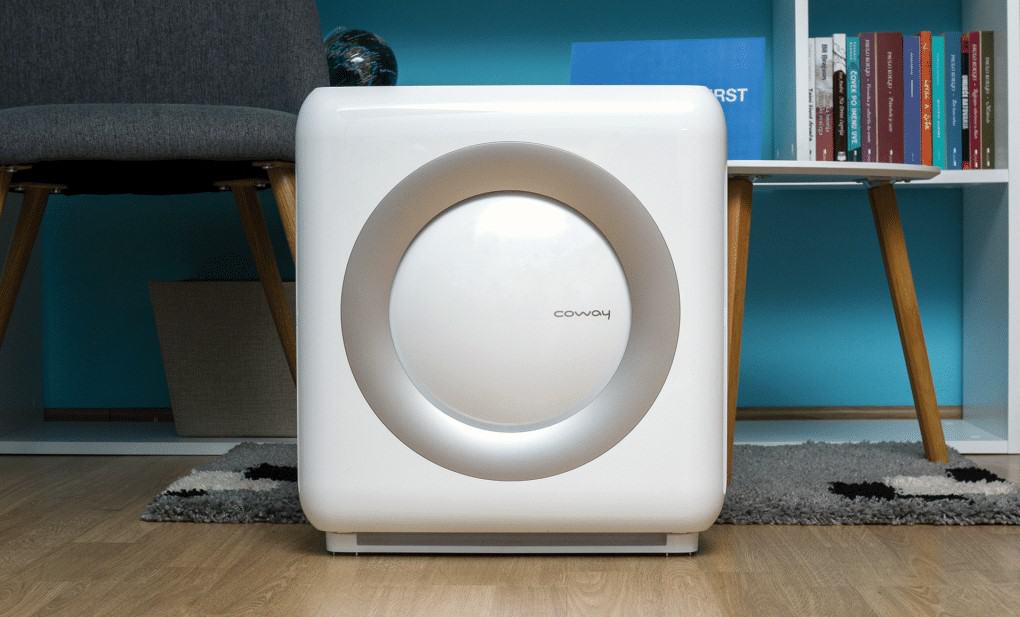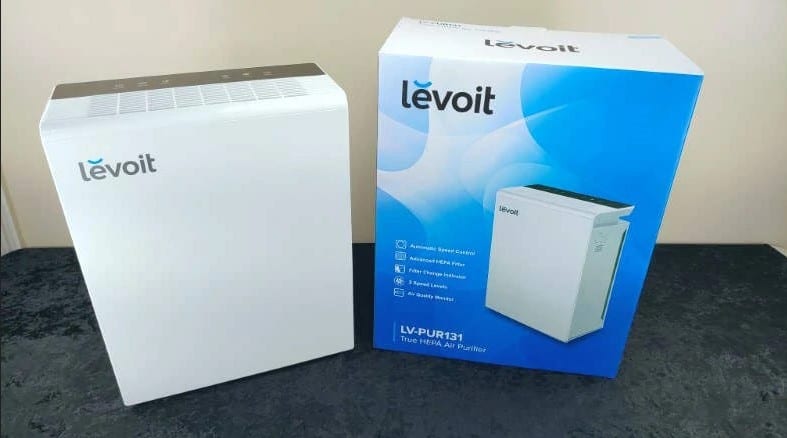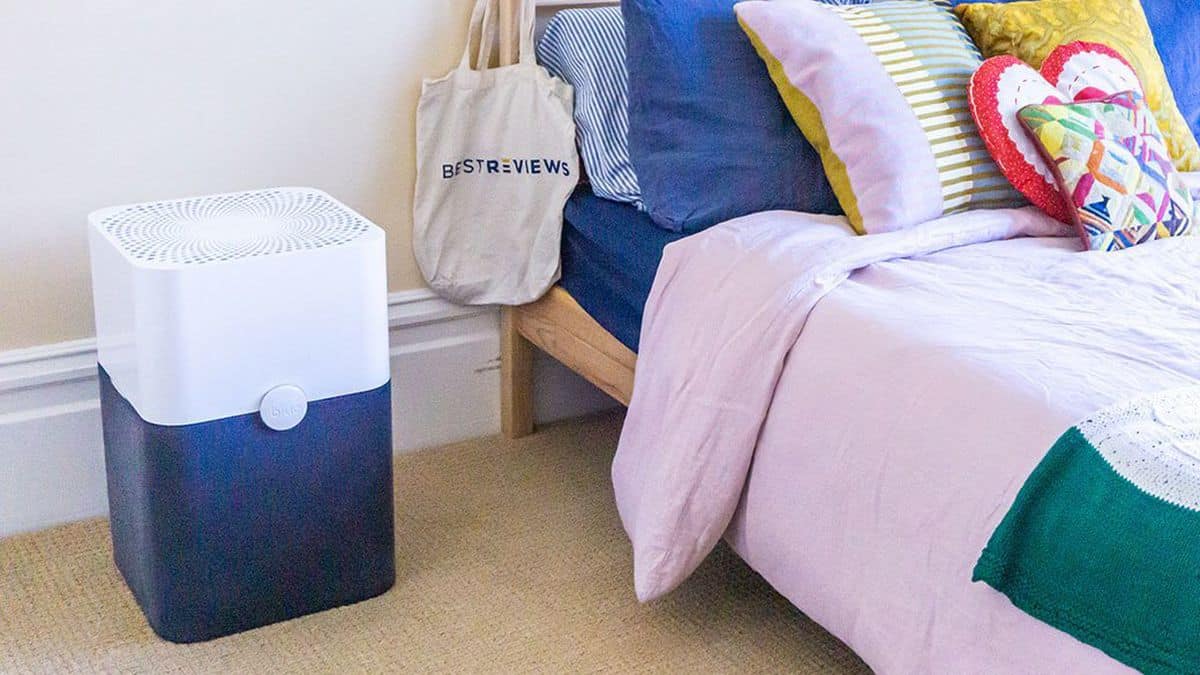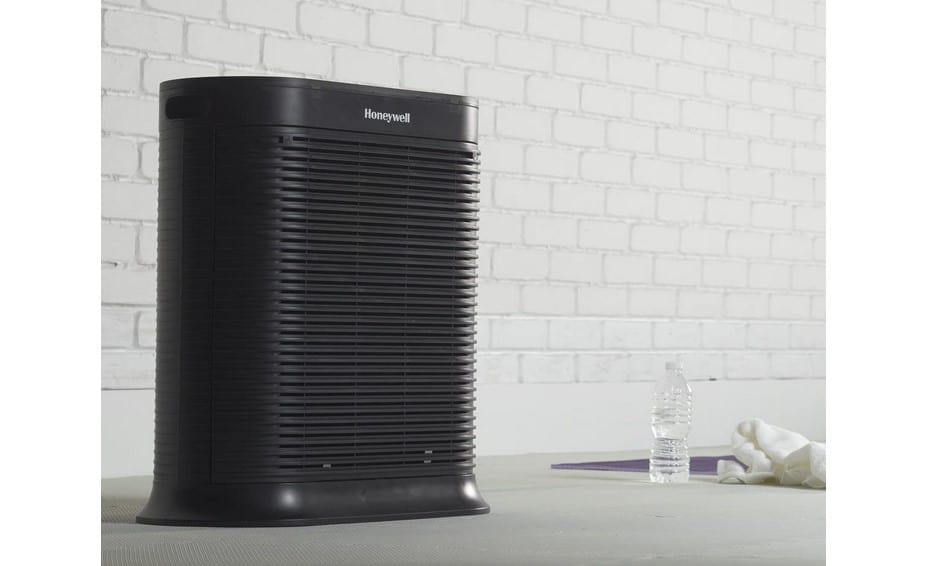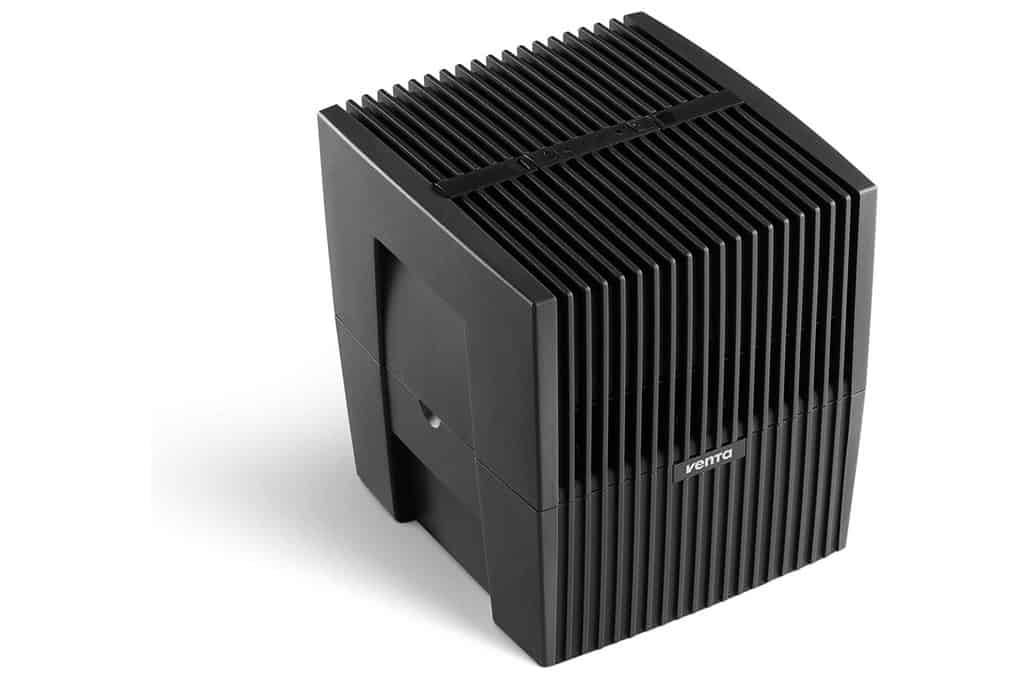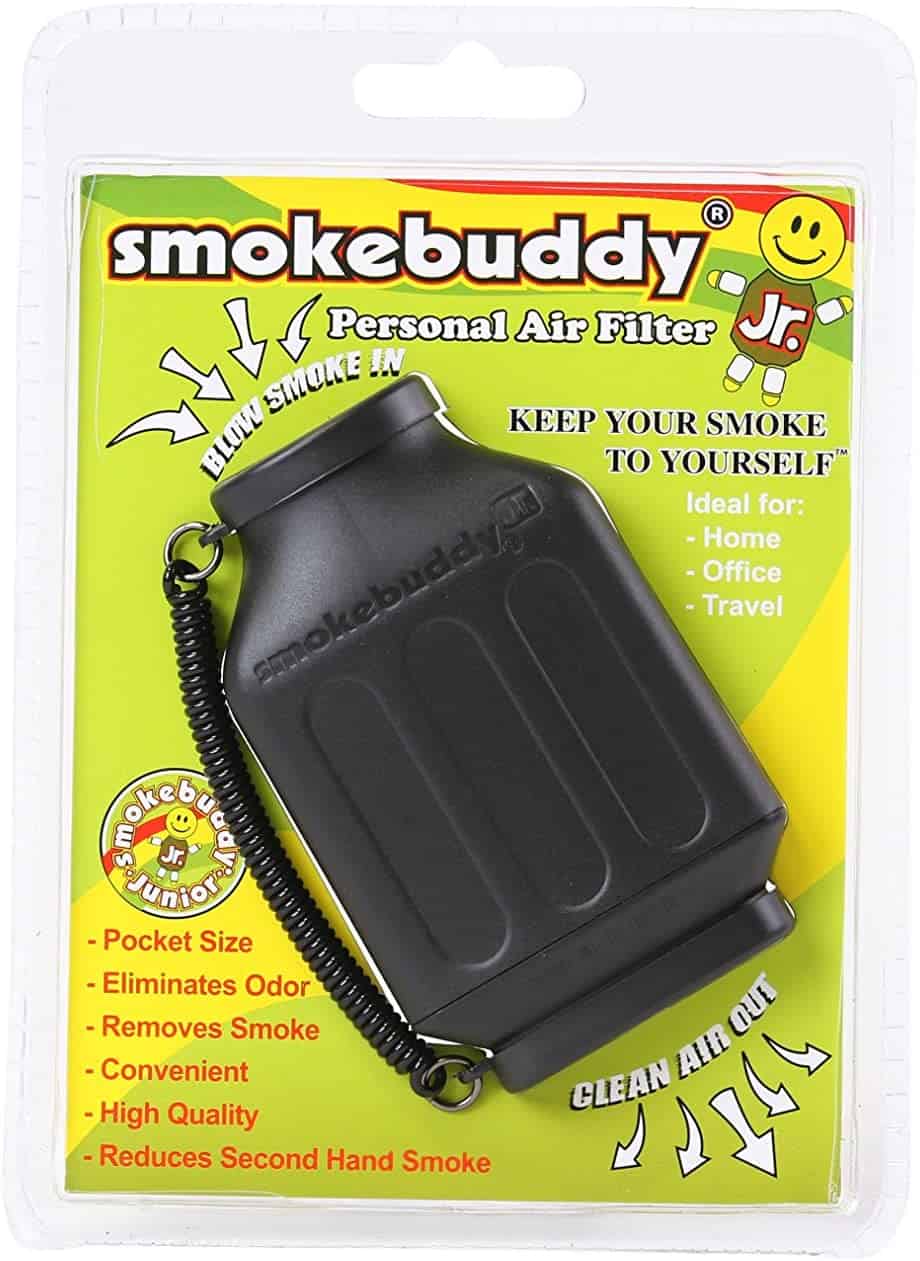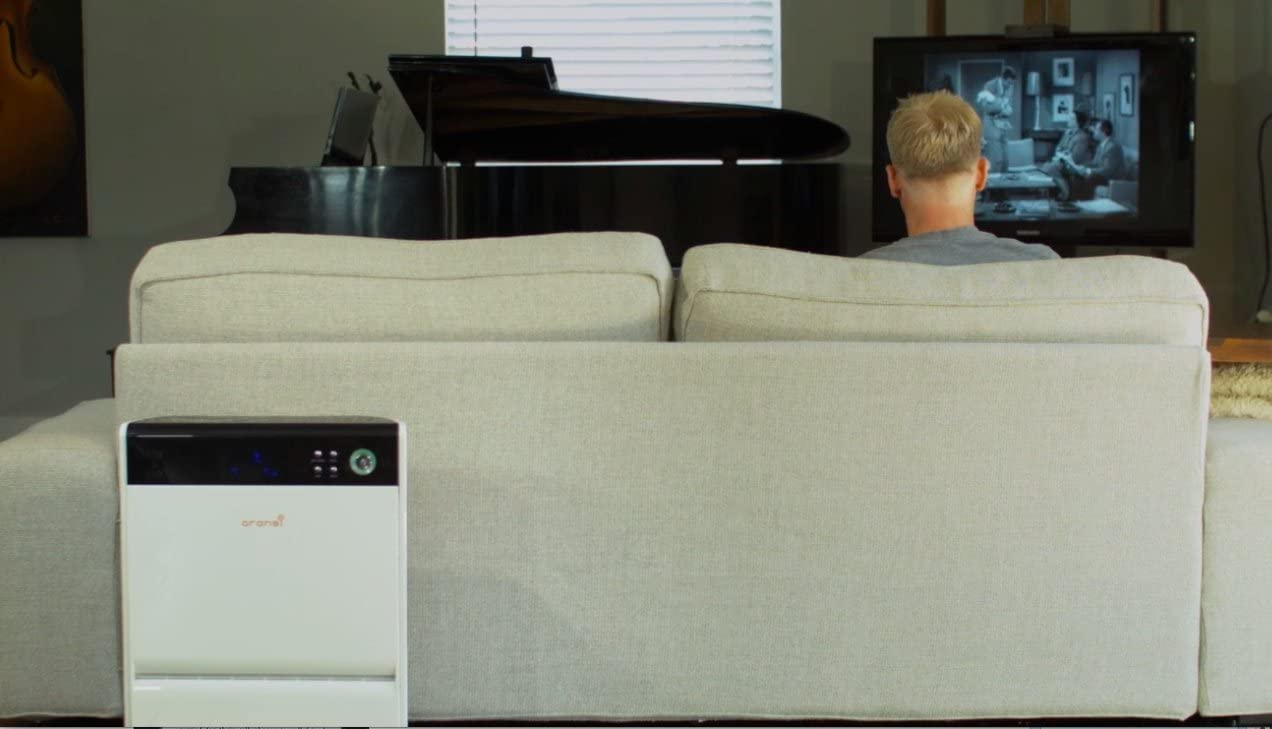You may wonder what air purifier, HEPA vs. UV, seems right for you. Searching for the best air purifier, consumers often turn to HEPA-based air cleaners for reducing particulate matter in the air. However, other air purification techniques may help eliminate mold spores, dust mites, pet dander, smoke particles, and other irritants. Additionally, a combination of multiple technologies may work. For additional air purifier information, check out air purifier filters vs. car filters.
KEY TAKEAWAYS:
- HEPA air filters reduce the number of particles in the air that are 0.3 microns in size or larger by 99.97%.
- Ultraviolet light air purifiers inactivate airborne particles in the air to improve indoor air quality.
- UV air purifiers generate small amounts of ozone, so you need to ventilate the space regularly when using one.
HEPA vs. UV Air Purifiers
Air purifiers come in many forms, such as regular air purifiers and vacuum purifiers, as well as including HEPA-based and ultraviolet-based. Many consider HEPA filters the best in the business for air filtration because of their high particle reduction rates. However, other types of air cleaners also reduce concentrations of particulates—air purifiers with UV light help eliminate bacteria, germs, and viruses. Therefore, an air purifier with UV and HEPA may be the best option for trapping and eradicating pollutants, which the EPA recommends. You may also want to consider which is better, an air purifier vs. an air exchanger.
How Does a HEPA Air Purifier Work?
A HEPA air purifier utilizes a high-efficiency particulate air (HEPA) filter that eliminates 99.97% of contaminants 0.3 microns in size or larger particles. Each air filter must pass a range of tests to become certified. “HEPA-type” or “HEPA-style” filters do not meet the requirements, so brands include words alongside HEPA to have the keyword HEPA, but a HEPA filter will be called either just “HEPA” or “true HEPA.” To aid consumers in judging the effectiveness of an air filter, manufacturers assign a MERV rating to each, and higher ratings indicate better filters.
Insider Tip
Look for a high MERV or CADR rating of the filter or air purifier respectively for your purchase.
How Does UV Light Work?
Ultraviolet light air purifiers feature short-wave UV-C light to inactivate organic compounds that have been irradiated. This process is also referred to as ultraviolet germicidal irradiation (UVGI.) UV technology sometimes resides in the ventilation ducts, but free-standing air purifiers with UV-C light are also available. For the best result, you should combine an air purifier with a fan or your HVAC system because they enable full-room circulation. For example, some studies showed that upper-room UV fixtures reduced measles transmission among students in Philadelphia in the 1930 and 1940s.
Can Air Purifiers Kill Viruses?
Some air purifiers, like the Patriot PCO and PureAir, clean the air, eradicating some virus particles present in the air. The American Society of Heating, Refrigerating, and Air-Conditioning Engineers (ASHRAE) recommends using a filter with a minimum efficiency reporting value (MERV) rating of 13 or higher in your HVAC system to reduce virus particles. For in-room air cleaners, you should use only models that have evidence of effectiveness and safety. Check the clean air delivery rate (CADR) chart provided by the Association of Home Appliance Manufacturers to find the right air purifier for your room.
What Purifiers Create Ozone?
You want to avoid some air purifiers that produce toxic ozone at safe levels, which can build up and cause health issues. These air purifiers include ozone generators, ionizers, and electrostatic precipitators. Although these devices may help reduce certain pollutants with extended exposure, they produce ozone that can cause respiratory problems, including sore throat, coughing, difficulty breathing, and triggering asthma. UV light air purifiers produce safe ozone levels, so you may need to ventilate your room using a window or door. Additionally, it is important to know the difference between activated carbon filters vs HEPA filters, so you can choose the safest and most effective option.
Warning
UV-light and HEPA air purifiers should be used in conjunction with one another.
F.A.Q.
Which air purifiers are ozone-free?
Air filter-based air purifiers that feature activated carbon or HEPA filters do not produce ozone. However, many other types of air purifiers do, including electrostatic precipitators, ionic air purifiers, ozone generators, and UV sanitizers.
What should you do if your air purifier produces ozone?
If your air purifier generates ozone at any level, you should ventilate the room using an open window or door every once in a while. You may want to use a fan as well to improve airflow.
Does UV light kill bacteria or germs?
Air purifiers with UV light may eliminate viruses, bacteria, or germ particles after long-term exposure. As a result, these air purifiers have helped reduce the spread of viruses in the past.
STAT: Use the AHAM Clean Air Delivery Rate (CADR) to properly size air-cleaners for a given space. (source)

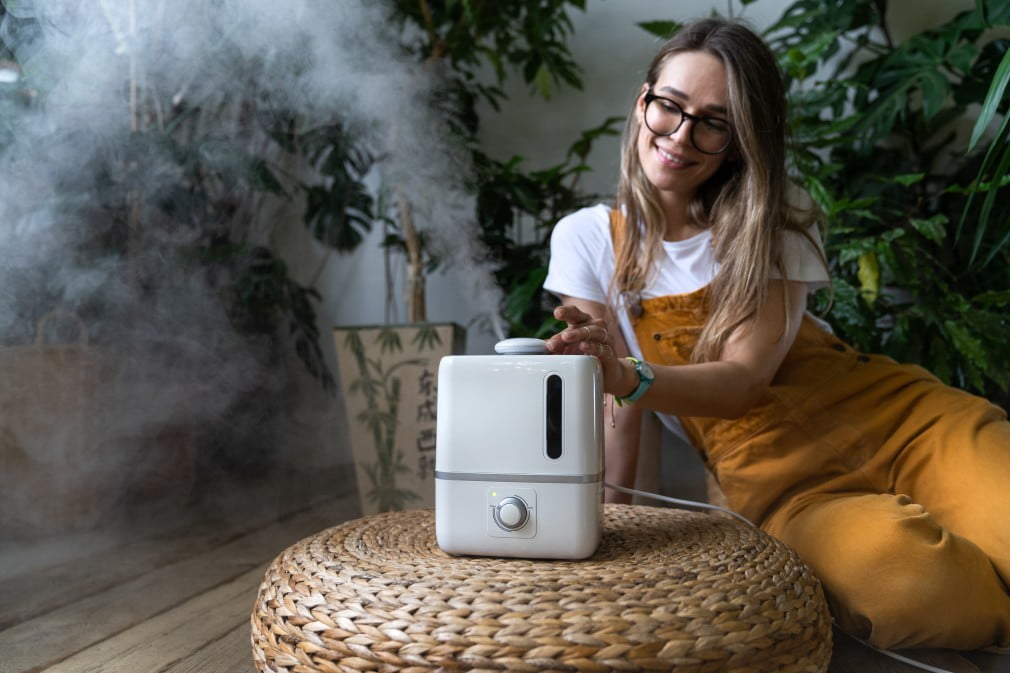













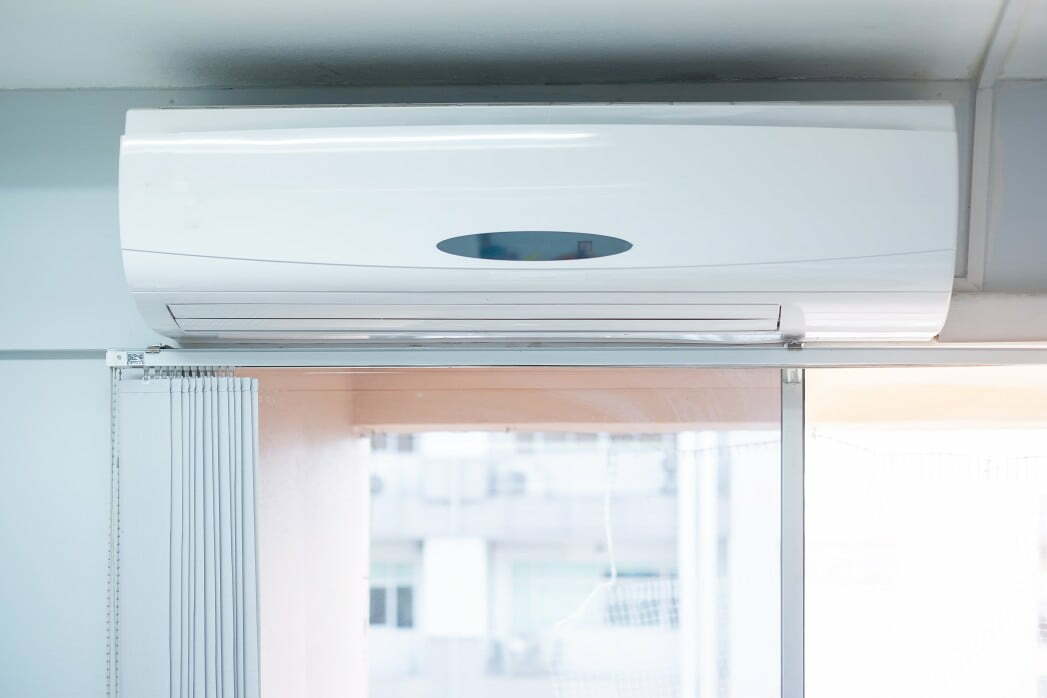
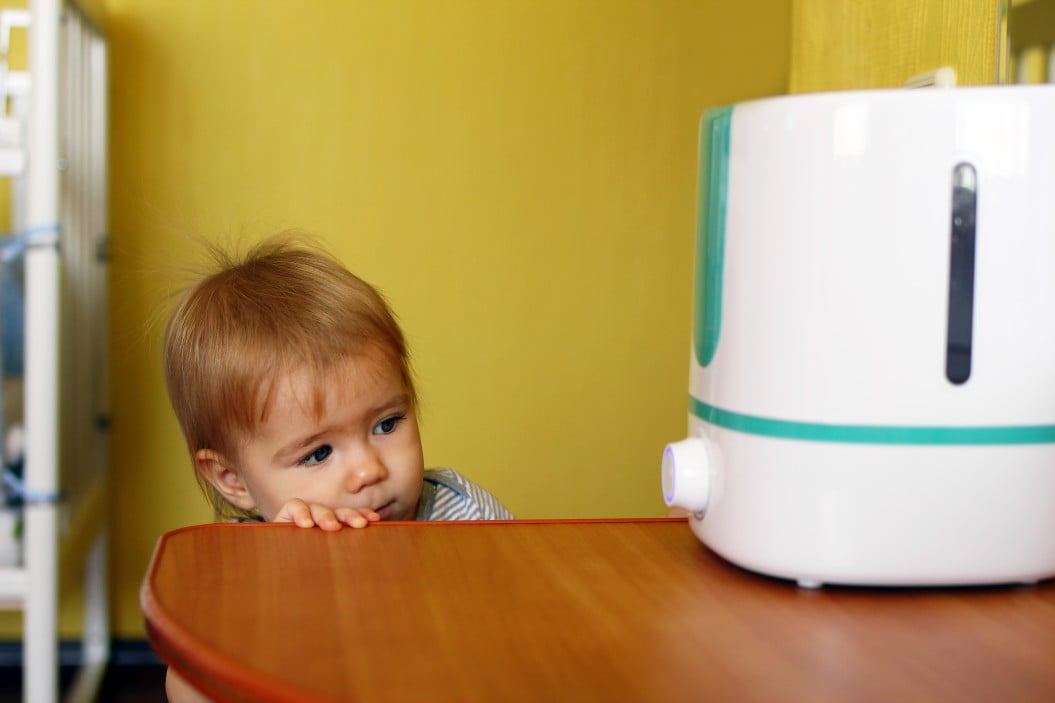
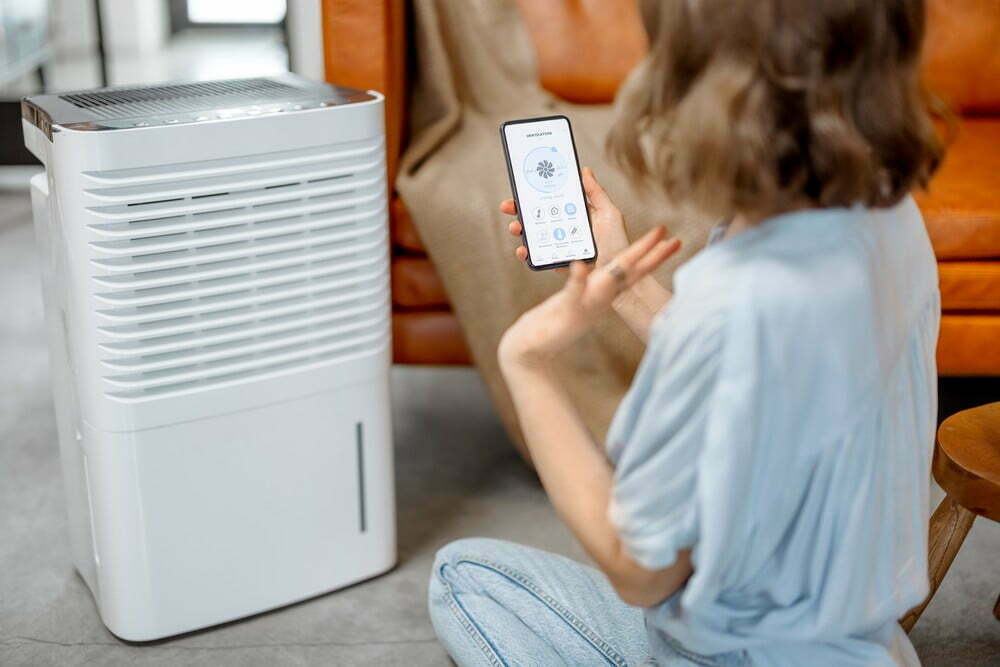
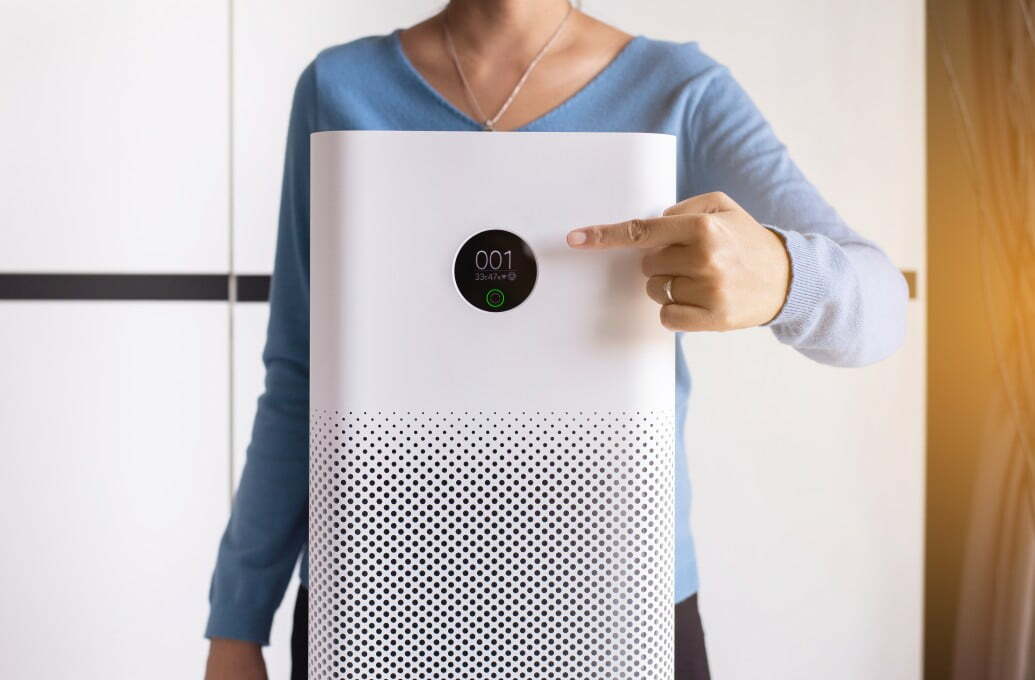
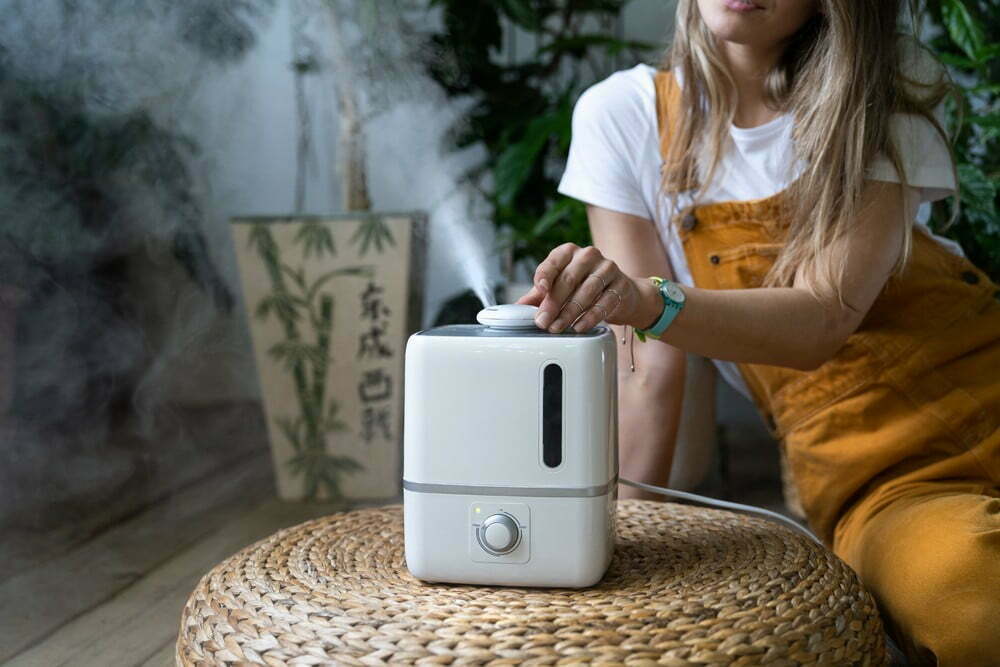
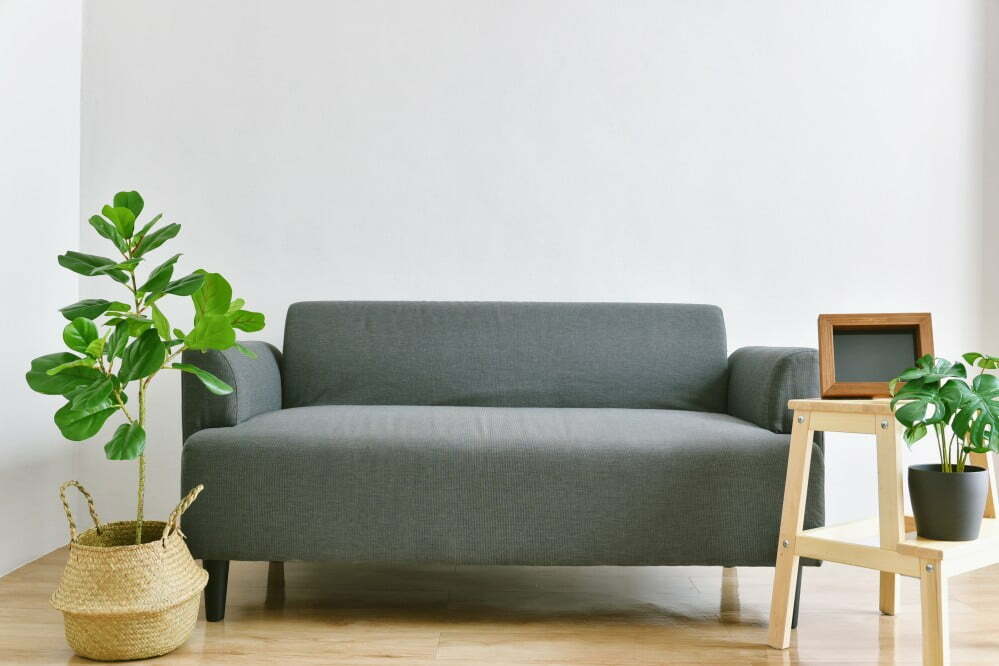

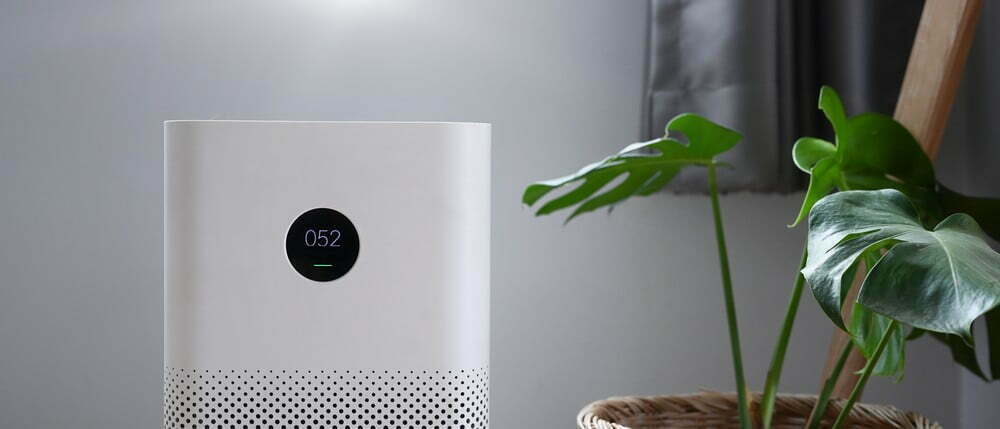
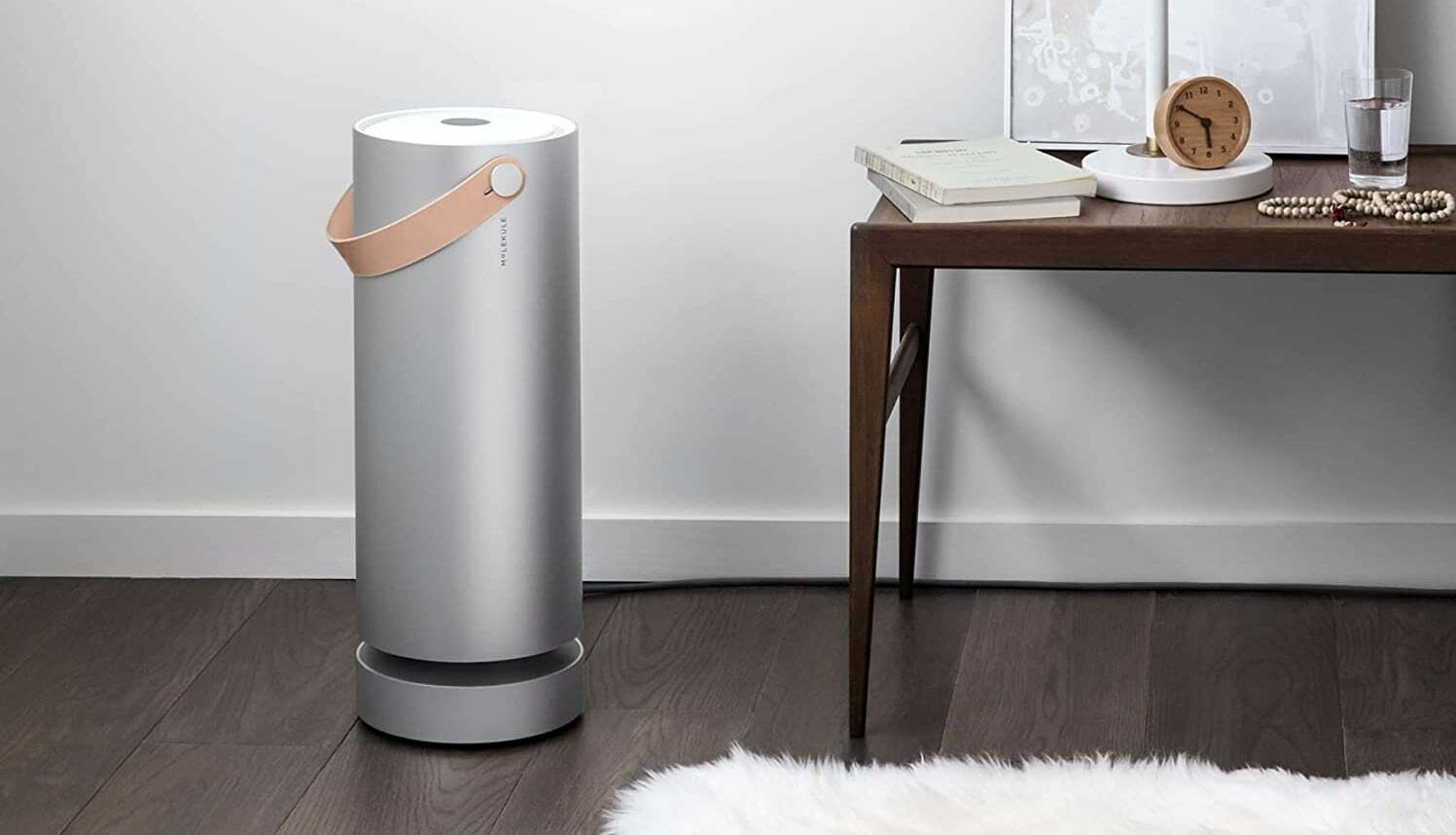
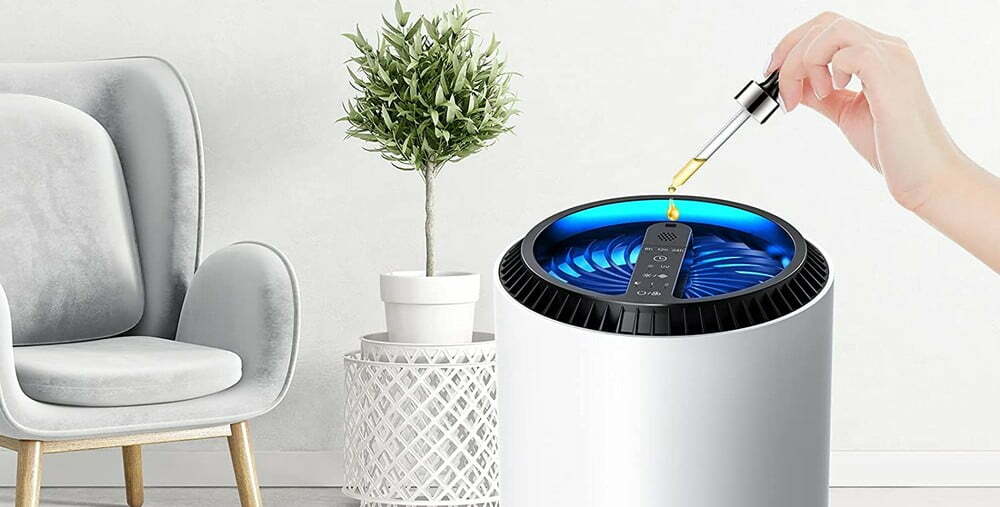
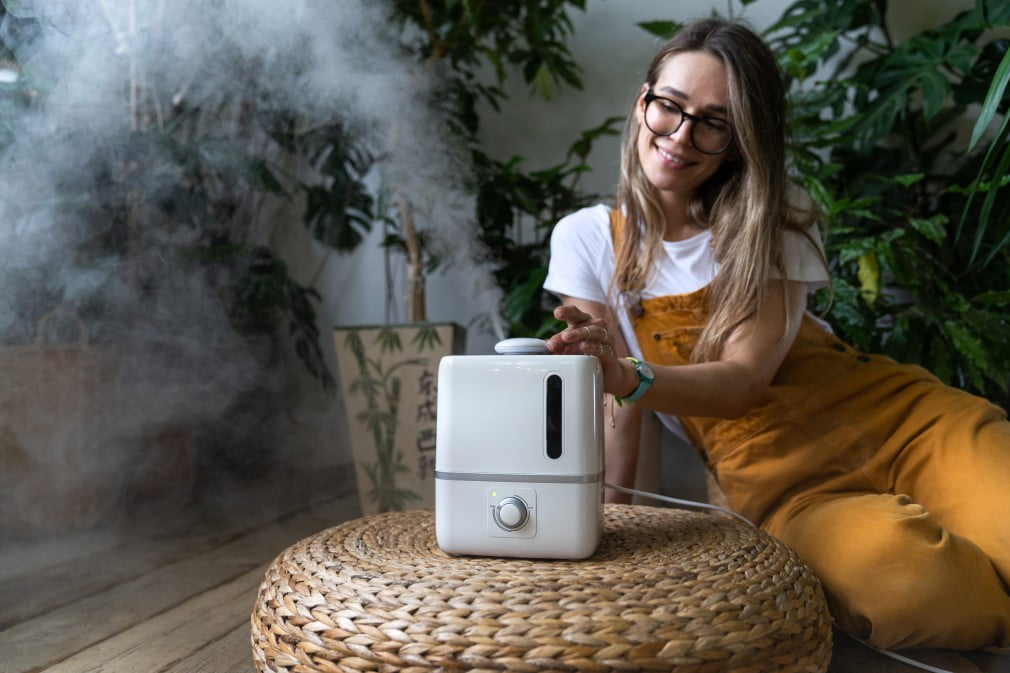
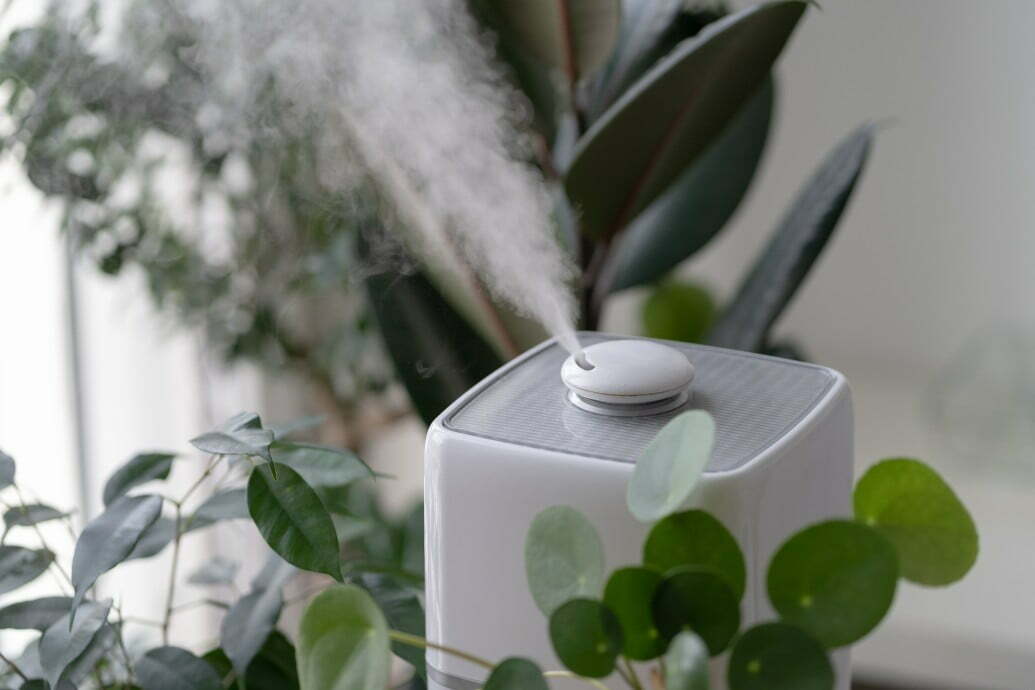
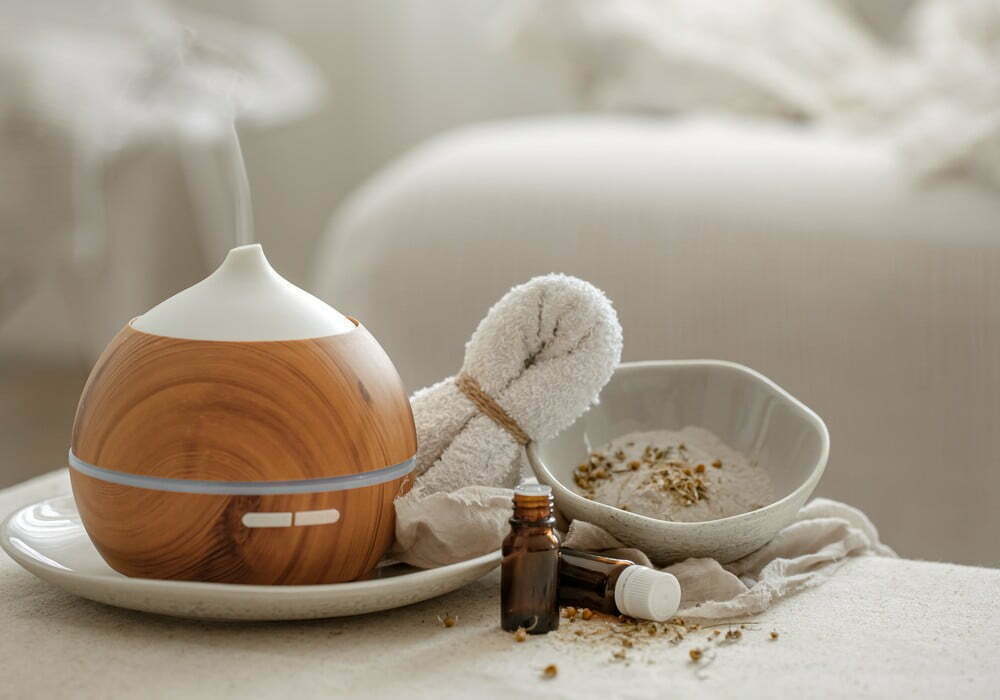
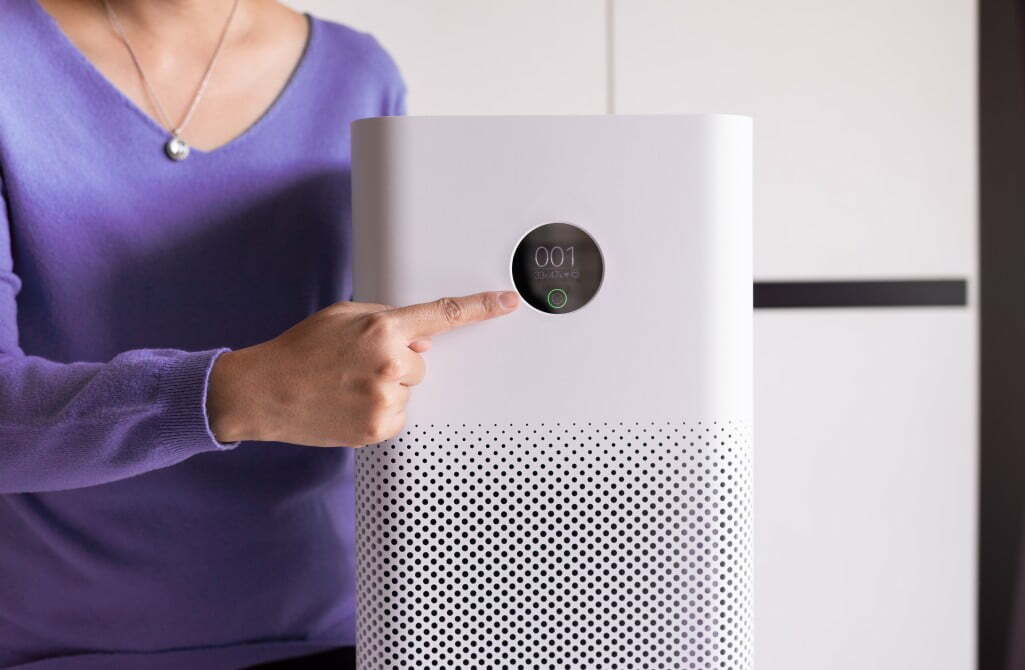
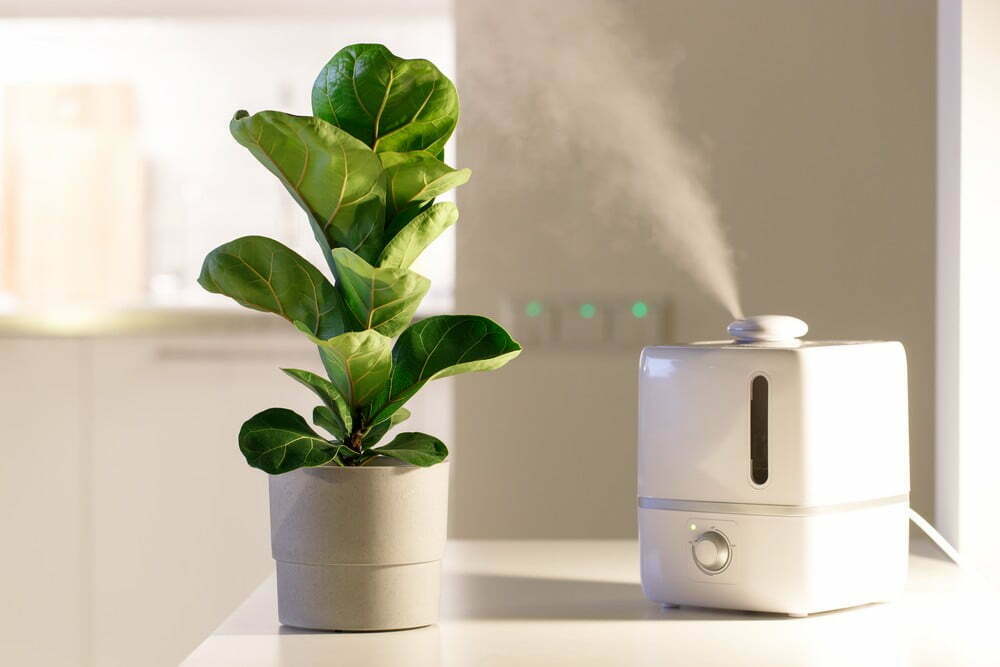
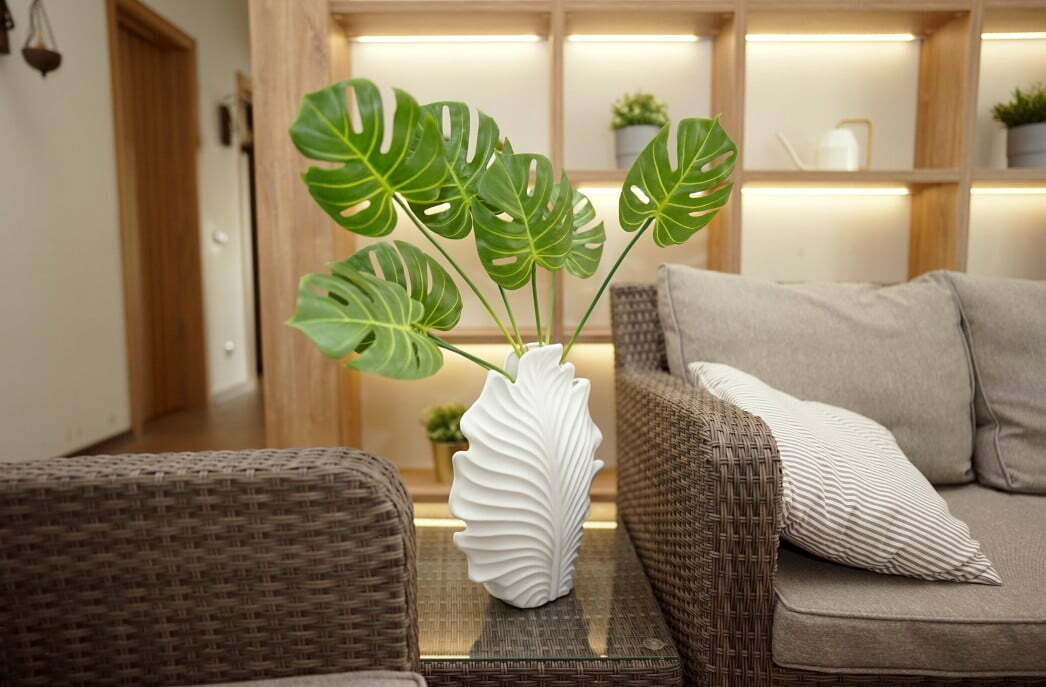
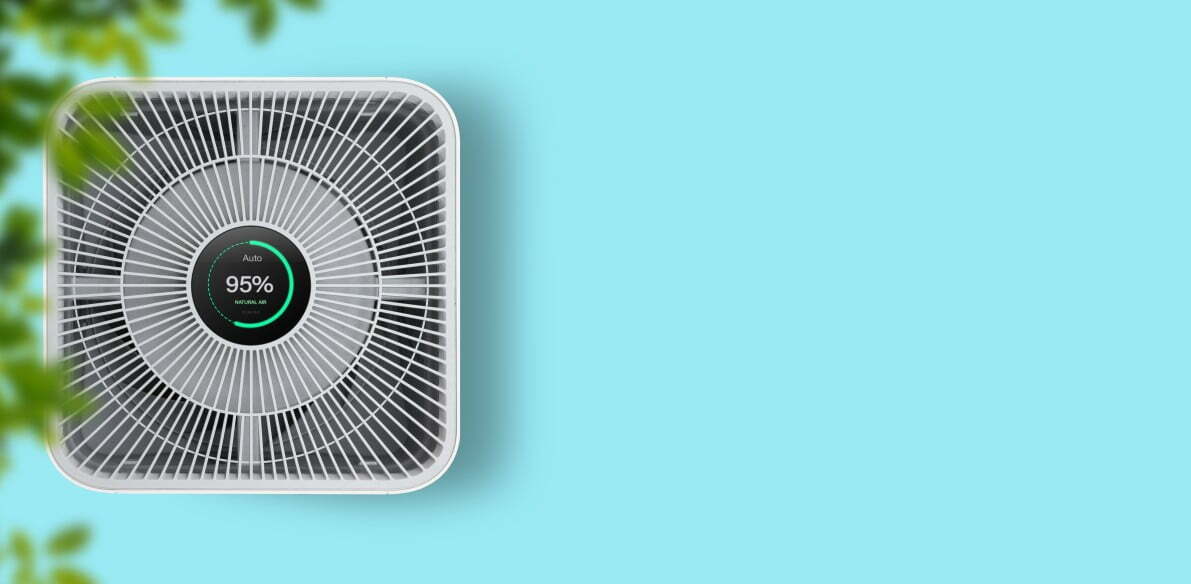
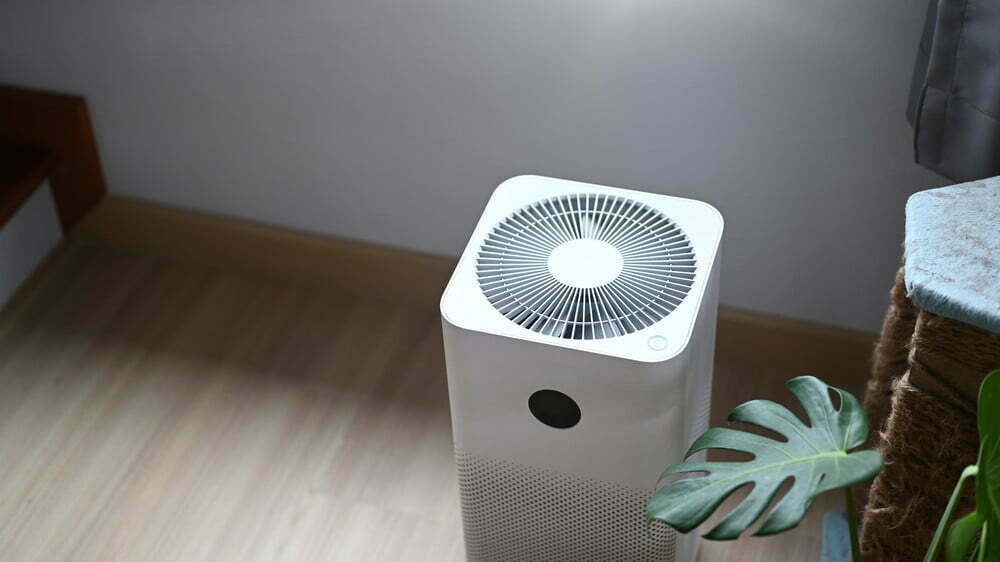
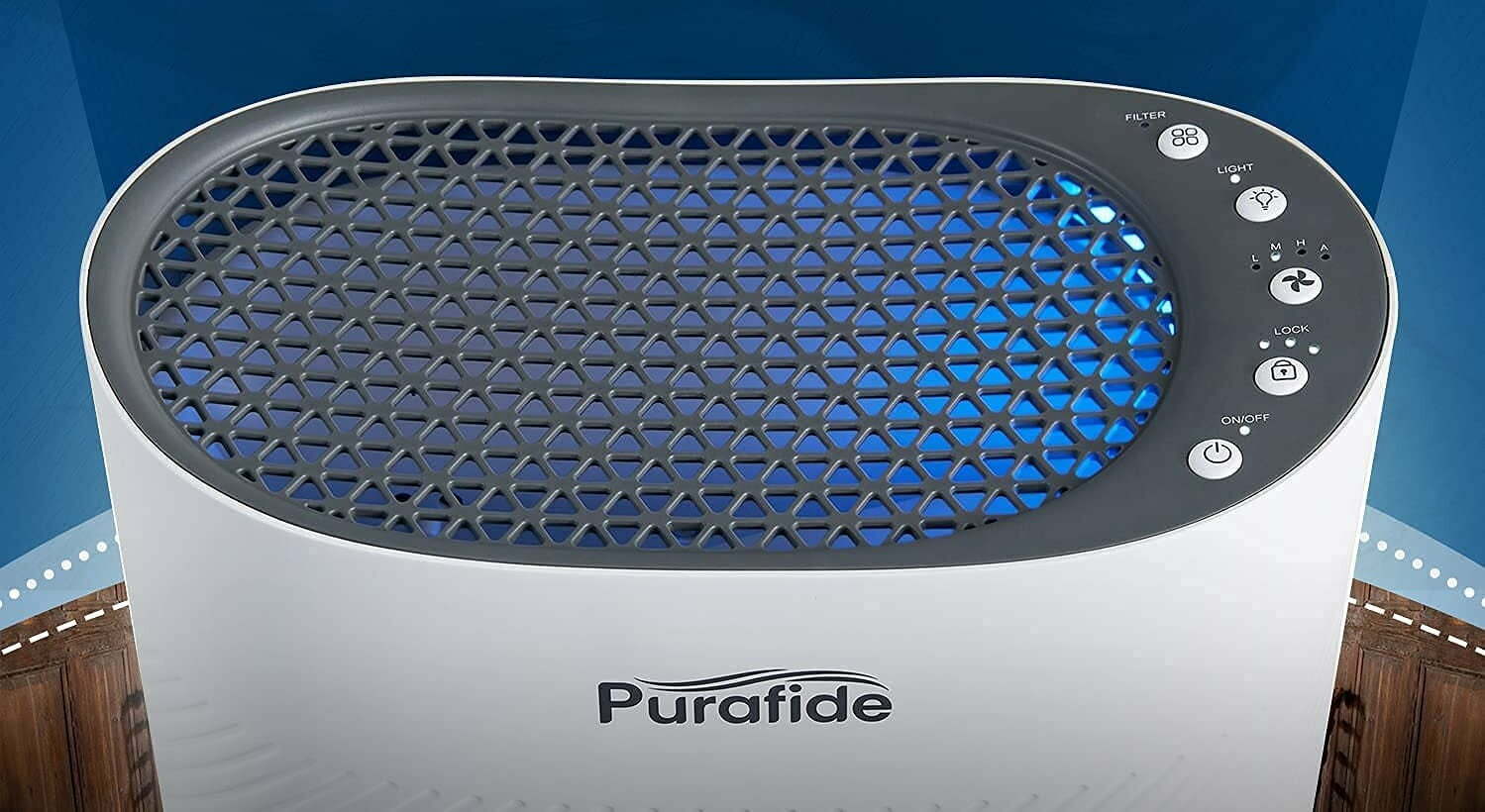
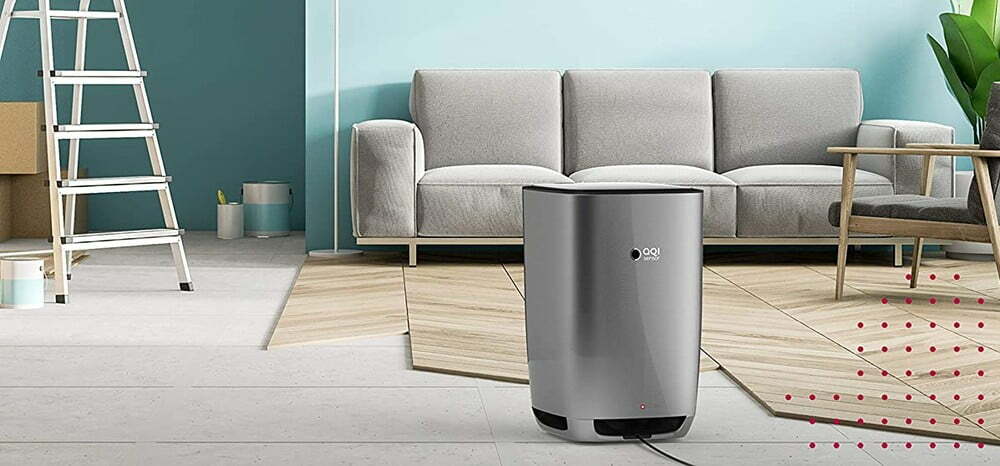
![Best Air Purifiers for VOCs and Formaldehyde in [year] 27 Best Air Purifiers for VOCs and Formaldehyde in 2026](https://www.gadgetreview.dev/wp-content/uploads/best-air-purifier-for-vocs-and-formaldehyde-image.jpg)
![Best Air Purifier in [year] ([month] Reviews) 28 Best Air Purifier in 2026 (January Reviews)](https://www.gadgetreview.dev/wp-content/uploads/Honeywell-True-HEPA-Allergen-Remover-HPA300-e1475603569442.jpg)
![Best Air Purifiers for Dust in [year] 29 Best Air Purifiers for Dust in 2026](https://www.gadgetreview.dev/wp-content/uploads/best-air-purifier-for-dust-image.jpg)
![Best Honeywell Air Purifiers in [year] 30 Best Honeywell Air Purifiers in 2026](https://www.gadgetreview.dev/wp-content/uploads/best-honeywell-air-purifier-image.jpg)
![Best Germicidal Air Purifiers in [year] 31 Best Germicidal Air Purifiers in 2026](https://www.gadgetreview.dev/wp-content/uploads/best-germicidal-air-purifier-image.jpg)
![Best Filterless Air Purifiers in [year] 32 Best Filterless Air Purifiers in 2026](https://www.gadgetreview.dev/wp-content/uploads/best-filterless-air-purifier-image.jpg)
![Best Levoit Air Purifiers in [year] 33 Best Levoit Air Purifiers in 2026](https://www.gadgetreview.dev/wp-content/uploads/best-levoit-air-purifier-image.jpg)
![Best Air Purifiers for Smoking Weed in [year] 34 Best Air Purifiers for Smoking Weed in 2026](https://www.gadgetreview.dev/wp-content/uploads/best-air-purifier-for-smoking-weed-image.jpg)
![Best Quiet Air Purifiers in [year] 35 Best Quiet Air Purifiers in 2026](https://www.gadgetreview.dev/wp-content/uploads/best-quiet-air-purifier-image.jpg)
![Best Desktop Air Purifiers in [year] 36 Best Desktop Air Purifiers in 2026](https://www.gadgetreview.dev/wp-content/uploads/best-desktop-air-purifier.jpg)
![Best Dyson Air Purifiers in [year] 37 Best Dyson Air Purifiers in 2026](https://www.gadgetreview.dev/wp-content/uploads/best-dyson-air-purifier.jpg)
![Best Air Purifiers for Dorm Room in [year] 38 Best Air Purifiers for Dorm Room in 2026](https://www.gadgetreview.dev/wp-content/uploads/air-purifier-for-dorm-room-1.jpg)
![Best Air Purifiers for Office in [year] 39 Best Air Purifiers for Office in 2026](https://www.gadgetreview.dev/wp-content/uploads/best-air-purifier-for-office.jpg)
![Best Air Purifiers for Basement in [year] 40 Best Air Purifiers for Basement in 2026](https://www.gadgetreview.dev/wp-content/uploads/best-air-purifier-for-basement.jpg)
![Best Air Purifiers For Odor in [year] 41 Best Air Purifiers For Odor in 2026](https://www.gadgetreview.dev/wp-content/uploads/best-air-purifier-odor.jpg)
![10 Best Personal Air Purifiers in [year] 42 10 Best Personal Air Purifiers in 2026](https://www.gadgetreview.dev/wp-content/uploads/best-personal-air-purifiers.jpg)
![10 Best Plug In Air Purifiers in [year] 43 10 Best Plug In Air Purifiers in 2026](https://www.gadgetreview.dev/wp-content/uploads/best-plug-in-air-purifier-image.jpg)
![10 Best Whole House Air Purifiers in [year] 44 10 Best Whole House Air Purifiers in 2026](https://www.gadgetreview.dev/wp-content/uploads/best-whole-house-air-purifier-image.jpg)
![10 Best Large Room Air Purifiers in [year] 45 10 Best Large Room Air Purifiers in 2026](https://www.gadgetreview.dev/wp-content/uploads/Coway-Airmega-200M-Large-Room-Air-Purifier-900x900-1.png)
![10 Best UV Air Purifiers in [year] 46 10 Best UV Air Purifiers in 2026](https://www.gadgetreview.dev/wp-content/uploads/best-uv-air-purifier.jpg)
